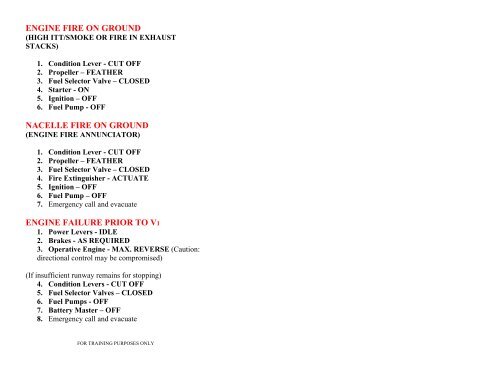
Secondly, he didn’t understand the simple principle that the fuel goes where the ball goes. Surely, we were all taught, on our very first flying lesson, that you should never believe aircraft fuel gauges. Firstly, he seemed to believe the fuel gauges.

The pilot made two life-threatening mistakes. We will look at this accident first, and then think about some other aspects of fuel management, mainly for Cessnas. Yes, I have been down this road before, but Cessna fuel accidents keep happening, so I will keep nagging about it. This guy may have had more than an hour’s fuel in the tanks when the engine died of thirst, but either didn’t really understand the fuel system, or didn’t have his mind on fuel management.
How to crossfeed engine failure how to#
This is particularly important when you want to know exactly where the fuel is, and how to get it to the engine. No, there is nothing really wrong with them, but they do need a bit of understanding. This caused fuel starvation and engine stoppage.Ĭessna singles have slightly iffy fuel systems. The fuel tank outlets became uncovered when the pilot manoeuvred the aircraft as the fuel tanks were less than 1/4 full. The pilot and passenger seated in the front seats were unhurt, but the vehicle tracking company employee, who was seated in the left-hand rear seat, sustained injuries to her back, neck and pelvis. The aircraft sustained damage to the right wingtip, underside of the fuselage and propeller blades. The aircraft landed with the undercarriage retracted, skidded for about 40 metres and ground-looped through 90° before coming to rest. As the aircraft was losing height and unable to glide safely for landing on Runway 01 at Kitty Hawk because of power lines ahead, the pilot executed a forced landing on a grass field east of the runway. He immediately switched the fuel selector to the opposite fuel tank and turned on the boost pumps to restore engine power, but to no avail. Directly after he made a radio call on frequency 120.65 MHz, reporting right base for landing at Kitty Hawk, the engine suddenly lost power and subsequently failed.

How to crossfeed engine failure full#
After flying for about 15 minutes, he started the descent for Kitty Hawk with full flaps and at an indicated air speed (IAS) of 65 to 70 kts.

He landed back at Witbank and dropped off two passengers, and then took off for Kitty Hawk to drop off the remaining two. From Witbank, they headed for Ulundi Aerodrome, where they landed at about 0900Z after an uneventful flight.Īt approximately 1230Z, the pilot, accompanied by the same passengers, departed from Ulundi Aerodrome on the return flight. He then proceeded to Witbank Aerodrome, where he collected another two passengers.

En route, he landed at Kitty Hawk to pick up two passengers, one of whom was an employee of a vehicle tracking company. On the morning of 10 August 2006, the pilot departed from Wonderboom Aerodrome on a private flight to Ulundi Aerodrome in KwaZulu-Natal. Meteorological Information: The weather was fine Temperature: 28☌ Wind: NNW/Calm Location of the accident site: On an open field approximately 0.3 nm east of Kitty Hawk Aerodrome Next point of intended landing: Kitty Hawk Aerodrome (FAKT) Last point of departure: Witbank Aerodrome (FAWI)


 0 kommentar(er)
0 kommentar(er)
